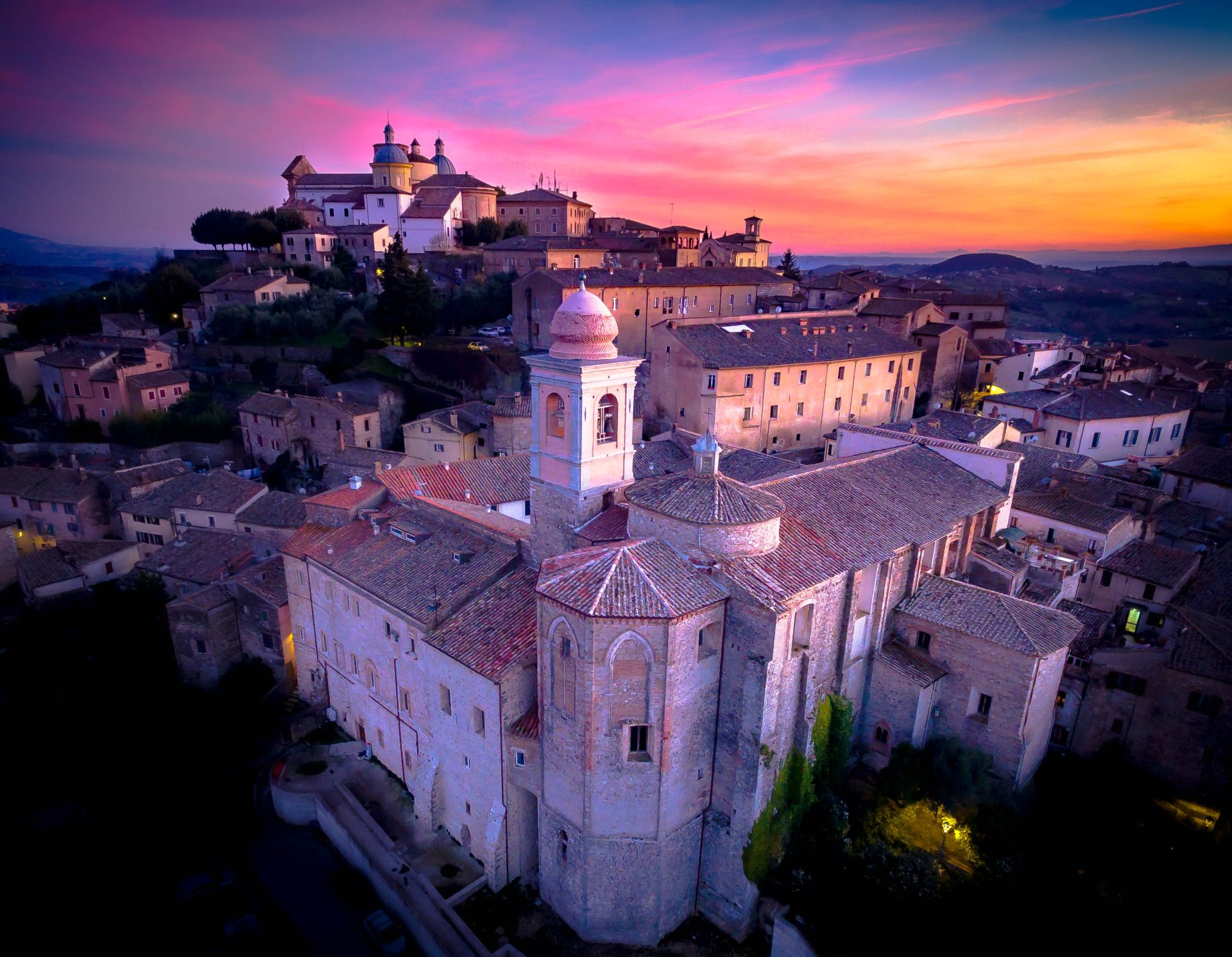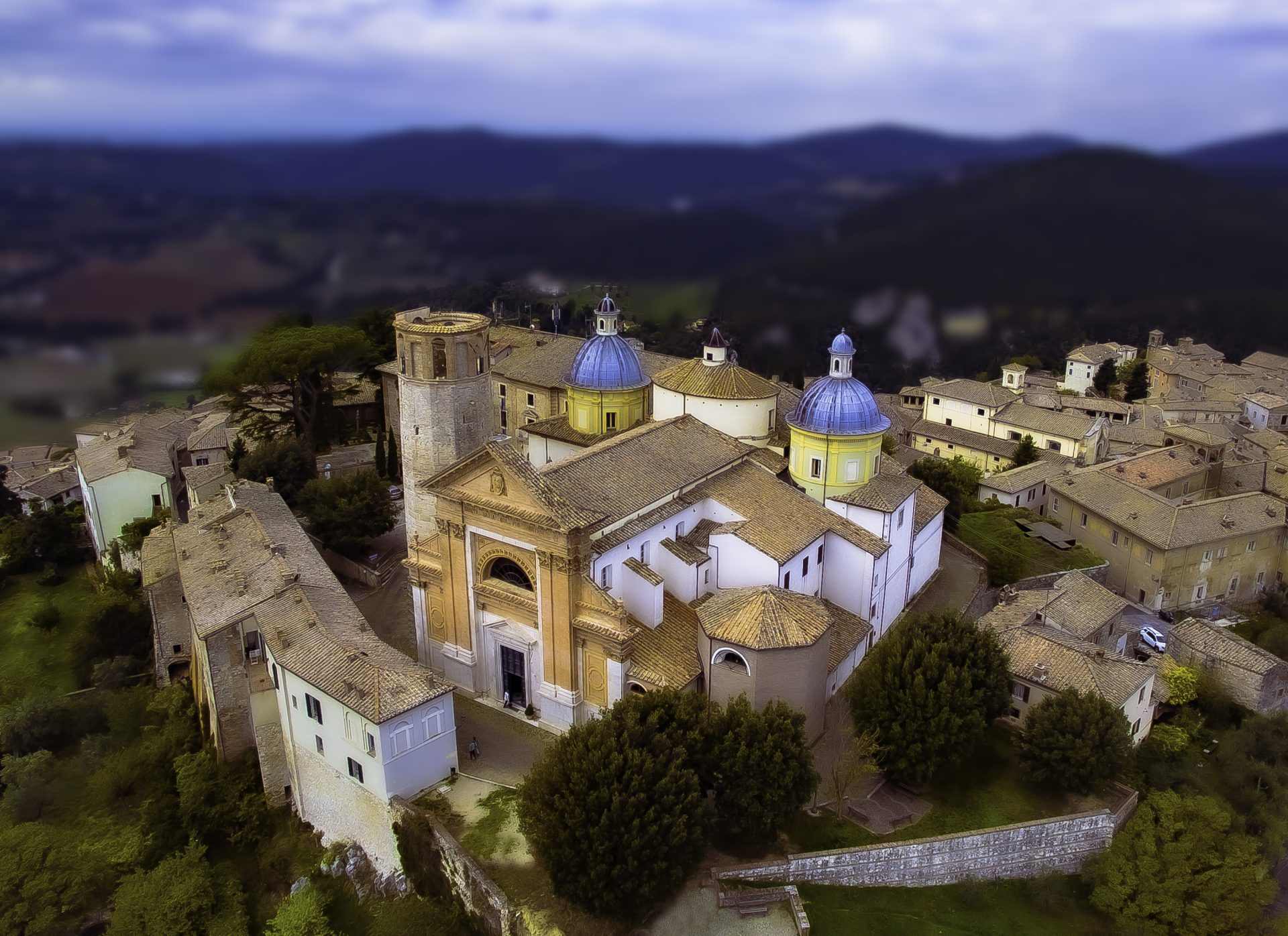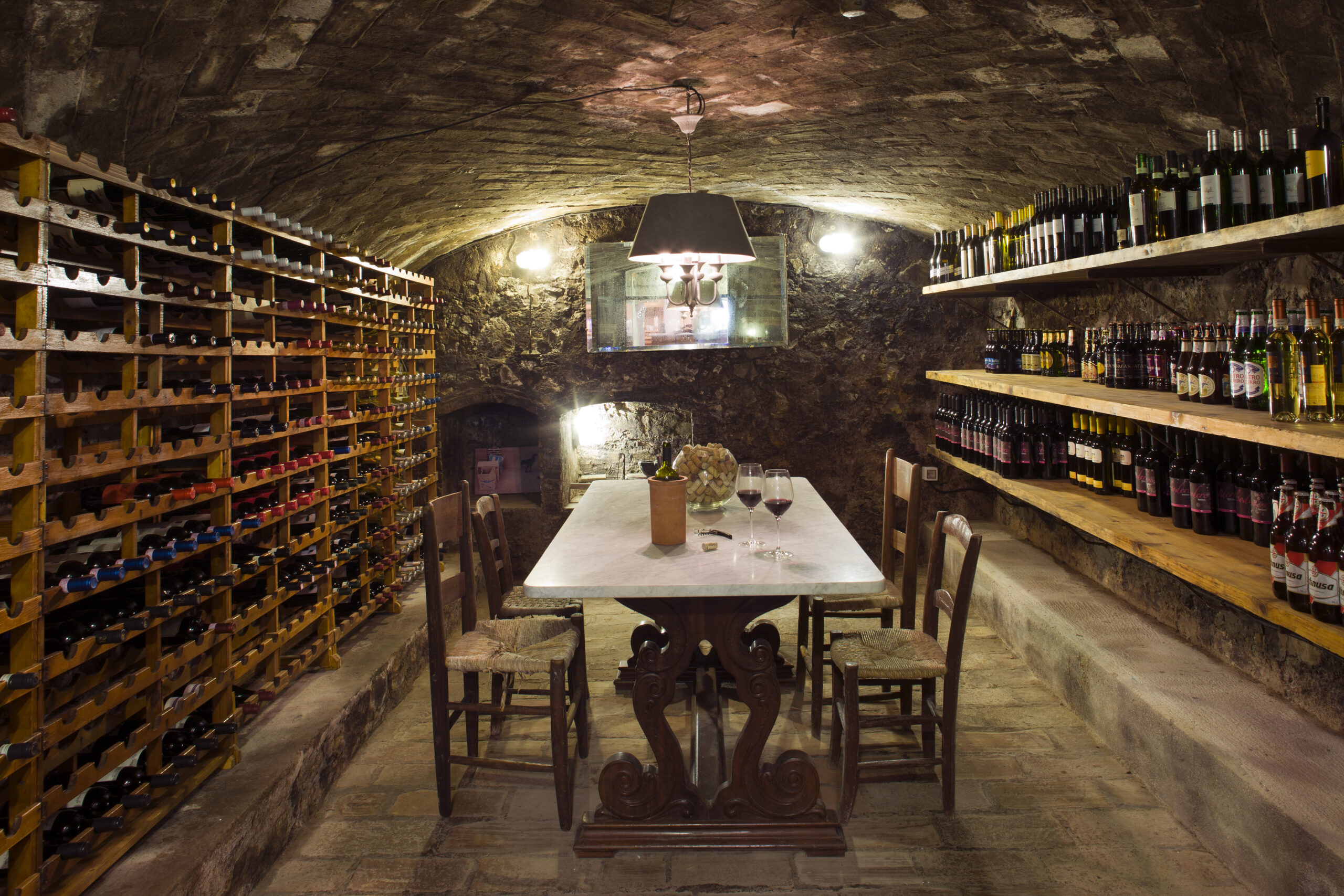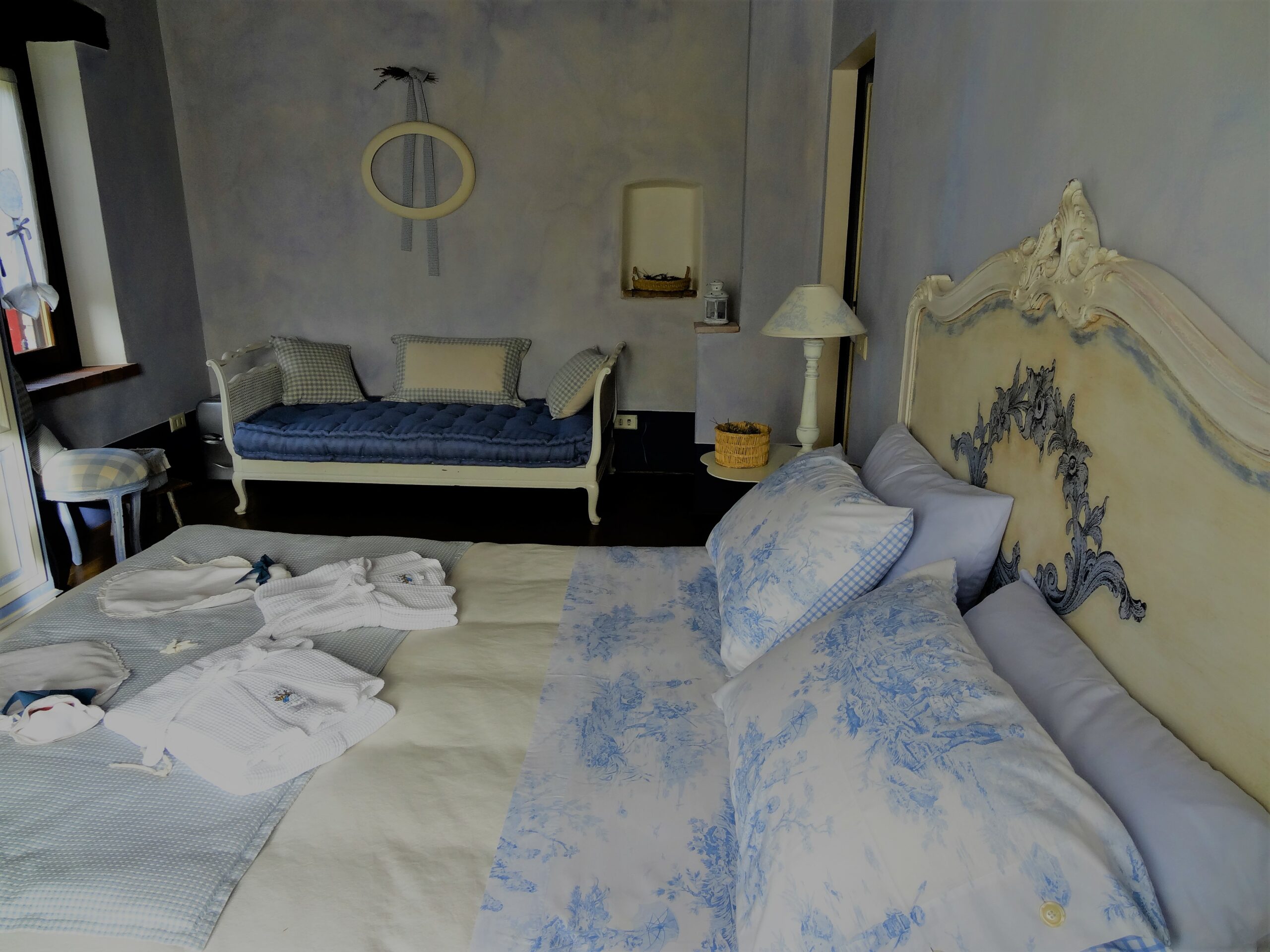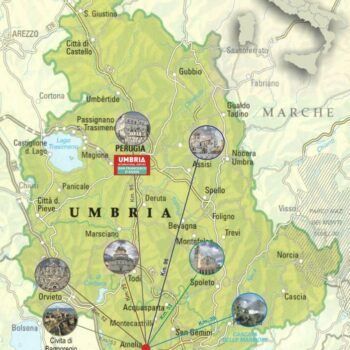Amelia
Amelia, in its ancient name of Ameria, owes its legendary origin to an illustrious founder, King Ameroe.
According to Cato the Censor, the first community was established around 1134 BC, four centuries before the foundation of Rome. Given the strategic position of the city and the power of the nearby peoples, in particular the Etruscans, imposing fortification works, such as the polygonal walls, became necessary. Built between the 6th and 4th centuries BC, these walls were composed of enormous stone blocks connected with extraordinary skill, without the use of cement mortar, and had the task of defending access to the acropolis.
Some historians argue that Ameria became a Roman municipality in 338 BC, while others place this event around the 1st century BC. Also of notable importance was the Via Amerina, which connected Lazio to Chiusi, passing through Todi and Perugia. During the medieval period, this road represented the only connection between Ravenna (seat of the Exarchate) and Rome, constituting an essential part of the Byzantine Corridor.
During Roman rule, Amelia experienced a period of splendor, as evidenced by the remains of the Roman baths and cisterns, as well as numerous other finds exhibited in the Archaeological Museum and in the Municipal Art Gallery, located in the former Boccarini college.
Without a doubt, the most fascinating find preserved in the Museum is the majestic bronze statue of Germanicus, dating back to Roman times. Over 2 meters high, it portrays Nero Claudius Drusus in his victorious majesty. With the affirmation of Christianity, Amelia became an episcopal seat in 363. After being besieged by the Goths in 458, it passed under the dominion of the Lombards in 579 and subsequently to the Roman-Byzantines.
As time passed, Amelia obtained recognition as a municipality, but suffered the sacking of the imperial troops of Frederick II in 1240, and then definitively entered the orbit of influence of the Church.
Among the illustrious native people of this city, it is worth mentioning the fifteenth-century painter Piermatteo d’Amelia, trained at Lippi’s school, and Cardinal Alessandro Geraldini, a prominent diplomat at the court of Aragon. It was thanks to his support that Christopher Columbus undertook the journey to discover America, and was subsequently appointed the first bishop of America.
